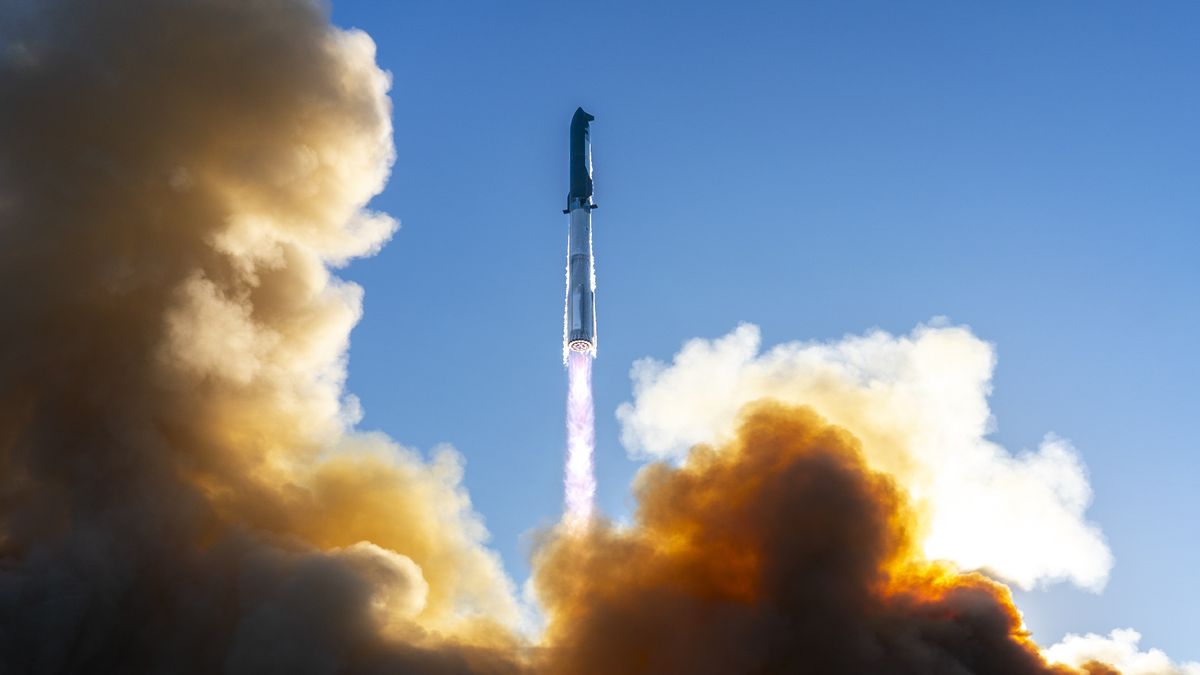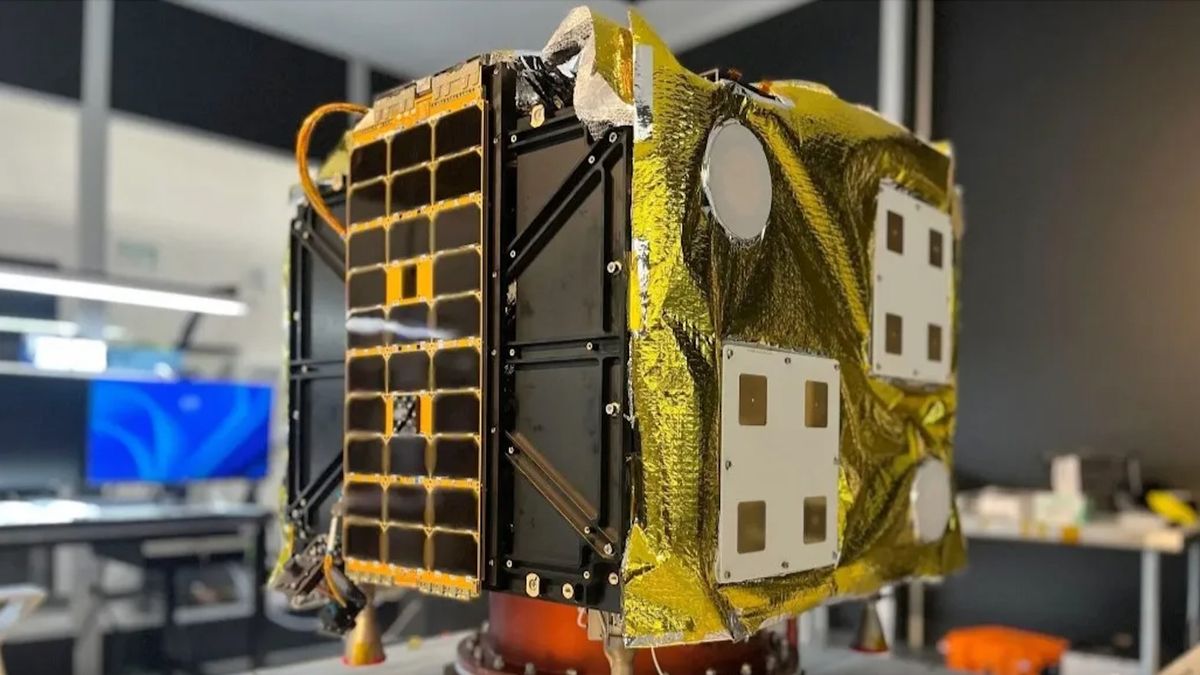
SpaceX has officially received authorization to conduct its eighth launch of the Starship megarocket.
The company, founded by Elon Musk, is aiming for a launch window on Monday evening, March 3, from Starbase in South Texas, close to Brownsville. The launch date had been uncertain for a while, as the U.S. Federal Aviation Administration (FAA) had not yet granted its approval until now.
“The FAA has modified the license to authorize the upcoming SpaceX Starship Flight 8 launch,” FAA representatives stated in an emailed announcement on February 28. “The FAA concluded that SpaceX has satisfied all safety, environmental, and other licensing criteria for the suborbital test flight.”
Starship’s most recent launch occurred on January 16, which was a semi-successful test flight. During that mission, the rocket’s massive first-stage booster, known as Super Heavy, was successfully captured using the “chopstick” arms of Starbase’s launch tower. However, the upper stage of Starship experienced a propellant leak and ultimately exploded over the Atlantic Ocean, ending the mission prematurely.
The FAA is supervising the ongoing investigation into the anomaly from Flight 7, which is being pursued in parallel with the newly authorized launch.
“Following the completion of a thorough safety assessment, the FAA has determined that the SpaceX Starship vehicle may resume flight operations even while the inquiry into the January 16 Flight 7 incident remains active,” the FAA’s statement noted.
Flight 8 is slated to launch on Monday, with a timeframe commencing at 6:30 p.m. EST (2330 GMT; 5:30 p.m. local Texas time), and you can catch the live coverage here at Space.com.
The objectives for Flight 8 mirror those of Flight 7. SpaceX aims to capture another Super Heavy booster, and Starship’s upper stage, referred to as Ship, will journey mostly around Earth before splashing down in the Indian Ocean off the coast of Western Australia.
During its suborbital path, Ship will attempt to deploy four payloads representing mock versions of SpaceX’s Starlink broadband satellites. On Flight 7, the upper stage carried 10 dummy Starlink satellites but did not have the opportunity to deploy them.









